Patchy or non-existent public transport in the suburbs leaves millions of people with no choice but to drive everywhere, according to a new report that calls for a national standard for ‘turn up and go’ bus and train services.
Only half of the 15 million people living in Australia’s five biggest cities have access to frequent, all-day public transport, the Climate Council report says, warning that the consequent increase in motor traffic raises transport emissions and clogs up streets.
Jennifer Rayner, head of policy and advocacy at the think tank, said state and territory governments should commit to a minimum standard of frequent, all-day public transport in the capital cities, akin to the Gonski commitment to deliver high-quality education to every child.
“To get us out of our expensive, polluting cars, governments need to centre shared and active transport in all transport and land-use planning,” Rayner said.
“This includes new investments that enable the uptake of shared and active transport, like better-connected footpaths and walkways, and improving the quality and frequency of public transport services.”
She stressed the importance of co-benefits, with more public transport use helping to bring down transport-related emissions but also leading to cleaner air and safer, less-congested streets.
While electric vehicles were important for cutting transport emissions — the nation’s second-largest contributor, after energy — simply replacing petrol cars with clean alternatives would do little to ease congestion.
Monday’s Climate Council report found Brisbane had the worst public transport access of any major Australian metropolis — about two-thirds of the city going without frequent, all-day public transport.
Which Australian cities have the best public transport?
1. Sydney
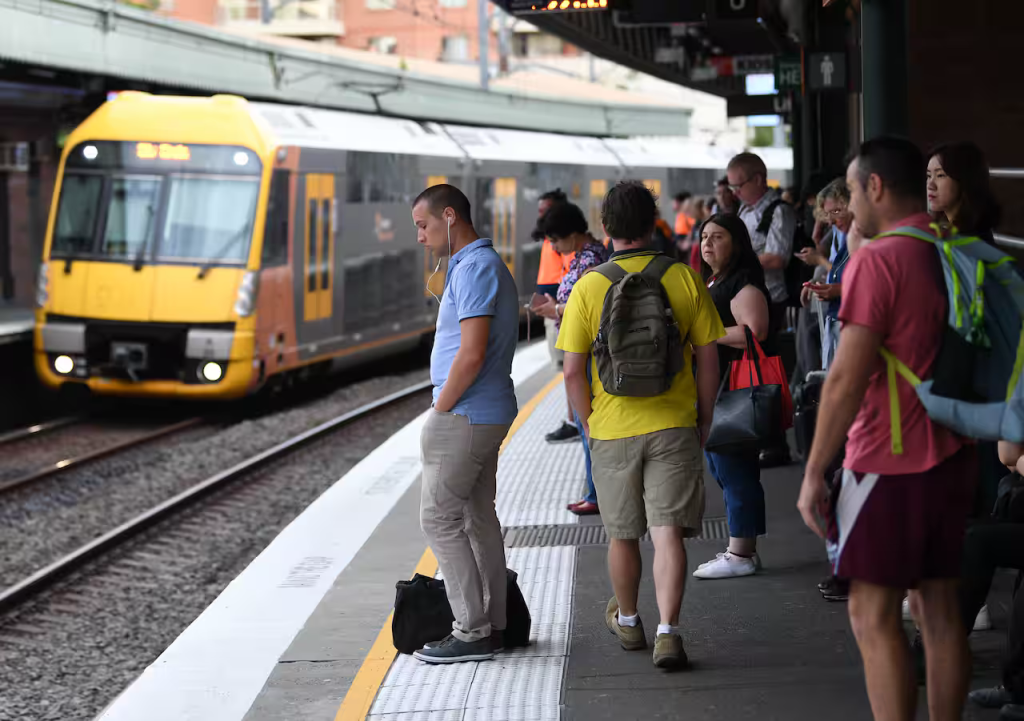
The report found 67 per cent of people in Sydney have all-day frequent public transport services available.Source: AAP / David Moir
Sydney comes out on top, with 67 per cent of people having all-day frequent public transport services available near their home — which the council defines as buses and trains running every 15 minutes between 7am to 7pm, and within 800m of homes.
Public transport is most available in the Sydney CBD, Botany and Eastern suburbs, while the Blue Mountains, Penrith and Campbelltown have the worst availability.
Access to good public transport ends 25km from the CBD for most people, according to the report.
2. Melbourne
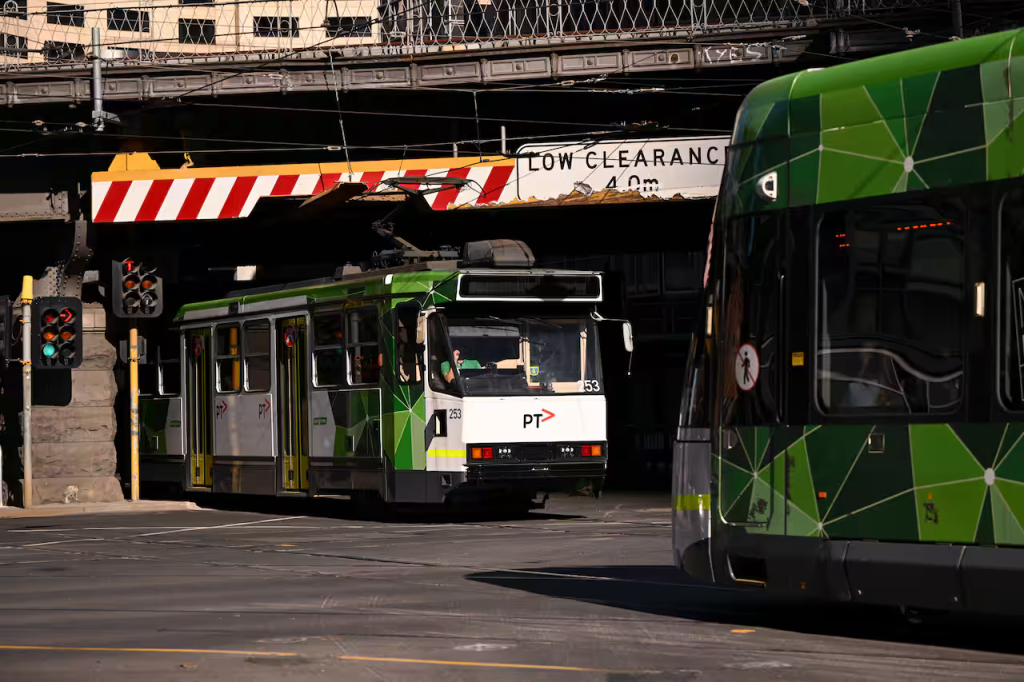
Seventy-one per cent of people in Melbourne use private vehicles to travel to work, with 18 per cent using public transport. Source: AAP / Joel Carrett
In Melbourne, 52.5 per cent of people have access to all-day services, with the best availability in Melbourne CBD, Albert Park and South Yarra.
Cardinia, Mornington Peninsula and Fawkner have the worst availability and access to good public transport services ends 15 km from the CBD for most people.
Access to good public transport is also 27 per cent worse in lower-income suburbs.
Of people travelling to work in Melbourne, 71 per cent use private vehicles and 18 per cent use public transport.
3. Adelaide
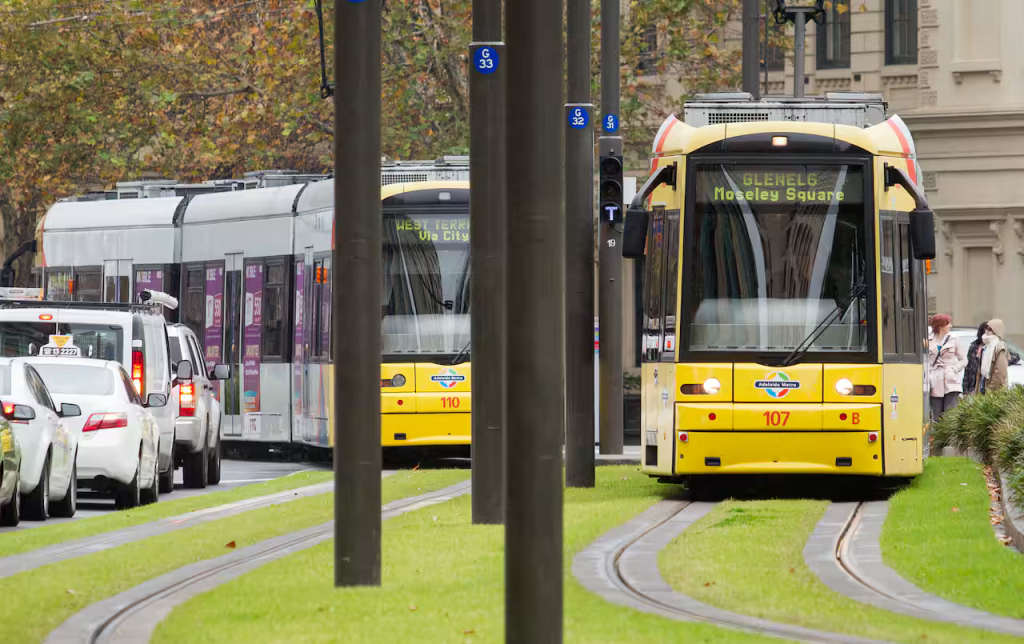
Less than half of people in Adelaide have access to all-day public transport services. Source: AAP / Ben Macmahon
In Adelaide, 47.6 per cent of people have access to all-day services.
Availability is highest in Adelaide CBD, Prospect, Walkerville and Unley, and lowest in Onkaparinga, Playford and Port Adelaide.
Access to good public transport services ends 8 km from the CBD for most people and 80 per cent of people use private vehicles to travel to work.
4. Perth
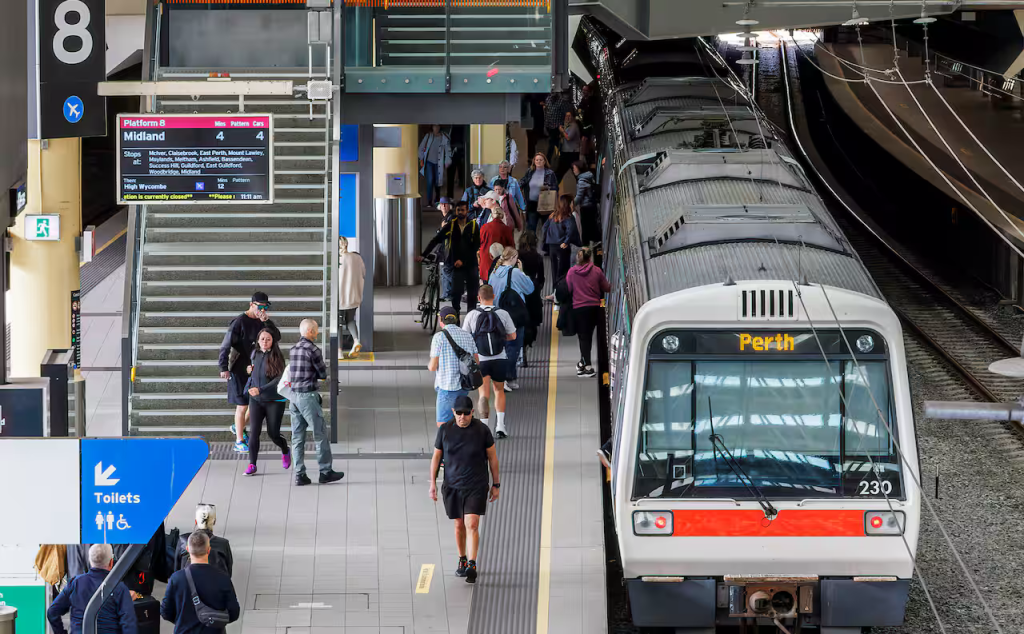
Access to good public transport ends 12km from the CBD for most people in Perth. Source: Getty / Robbie Goodall
In Perth, 40.5 per cent of people have access to all-day services, with the best availability in Perth CBD, Belmont, Victoria Park and Fremantle.
Access to good public transport ends 12km from the CBD for most people.
Of the people travelling to work, 12 per cent use public transport and 78 per cent use a private vehicle.
5. Brisbane
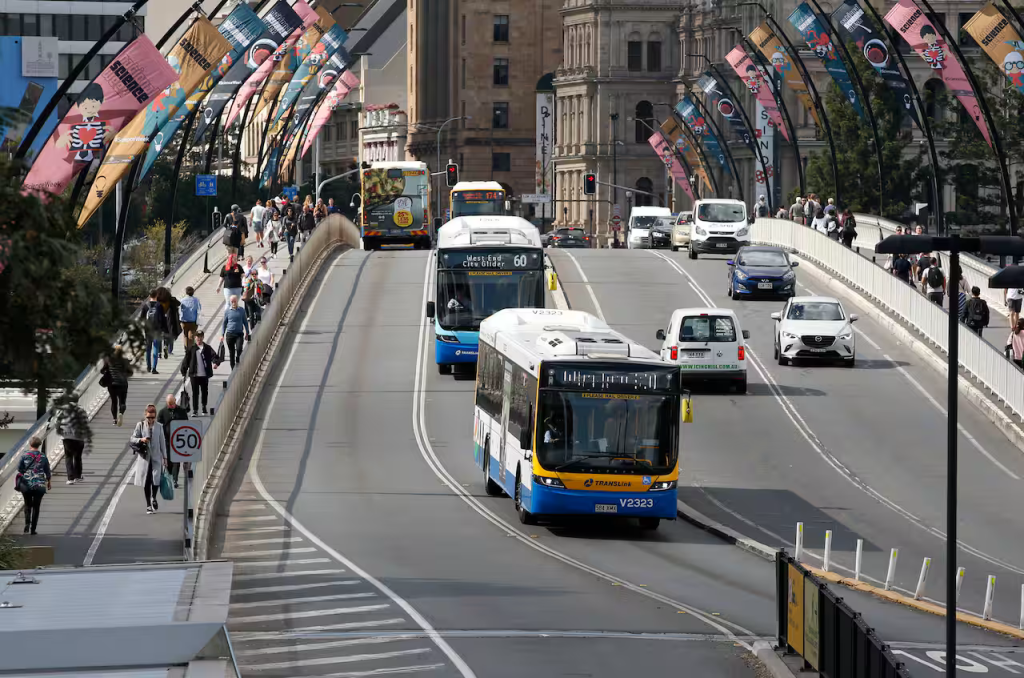
Public transport fares in Queensland will be reduced to 50c for all travellers in August. Source: AAP / Regi Varghese
Brisbane ranks last of Australia’s largest cities, with 33.7 per cent of people having access to all-day services.
The best availability is in inner-city suburbs such as Annerley, Yeronga and Indooroopilly.
The worst availability is in the Hills District, Browns Plains and Beenleigh and access to good public transport ends 8kms from the CBD for most people.
Public transport is also 27 per cent less accessible in lower-income suburbs.
How can public transport be improved?
Australian cities would have better public transport infrastructure if it was planned and delivered in the early phases of urban development, said Riley Flanigan, associate director at urban planning consultancy Urbis.
Starting with train lines and other key infrastructure is cheaper than buying the land to retrofit public transport into existing neighbourhoods, and there’s less community opposition to deal with, Flanigan told the Australian Associated Press.
“In more enlightened places like Europe, they actually use the infrastructure to drive the renewal, in order to basically choose where the growth goes, rather than just doing it more organically.”
Major overhaul to public transport accessibility standards
Much of Australia’s “piece-meal” approach to infrastructure delivery stemmed from politics and “this kind of obsession with business cases and feasibility,” Flanigan said.
Without existing residents to generate revenue to fund maintenance and operations of a new train line, for example, it was hard to make a business case stack up, he said, which becomes “a stick you could beat a politician with if you wanted to”.
Rayner said it was hard and expensive to retrofit infrastructure into existing suburbs, especially heavy rail, and that was why she was an advocate for reliable and high-frequency bus services.
She said the shift to electric buses was an opportunity to attract people toward a quieter, more comfortable service when compared to ageing combustion-engine fleets.
SBS News

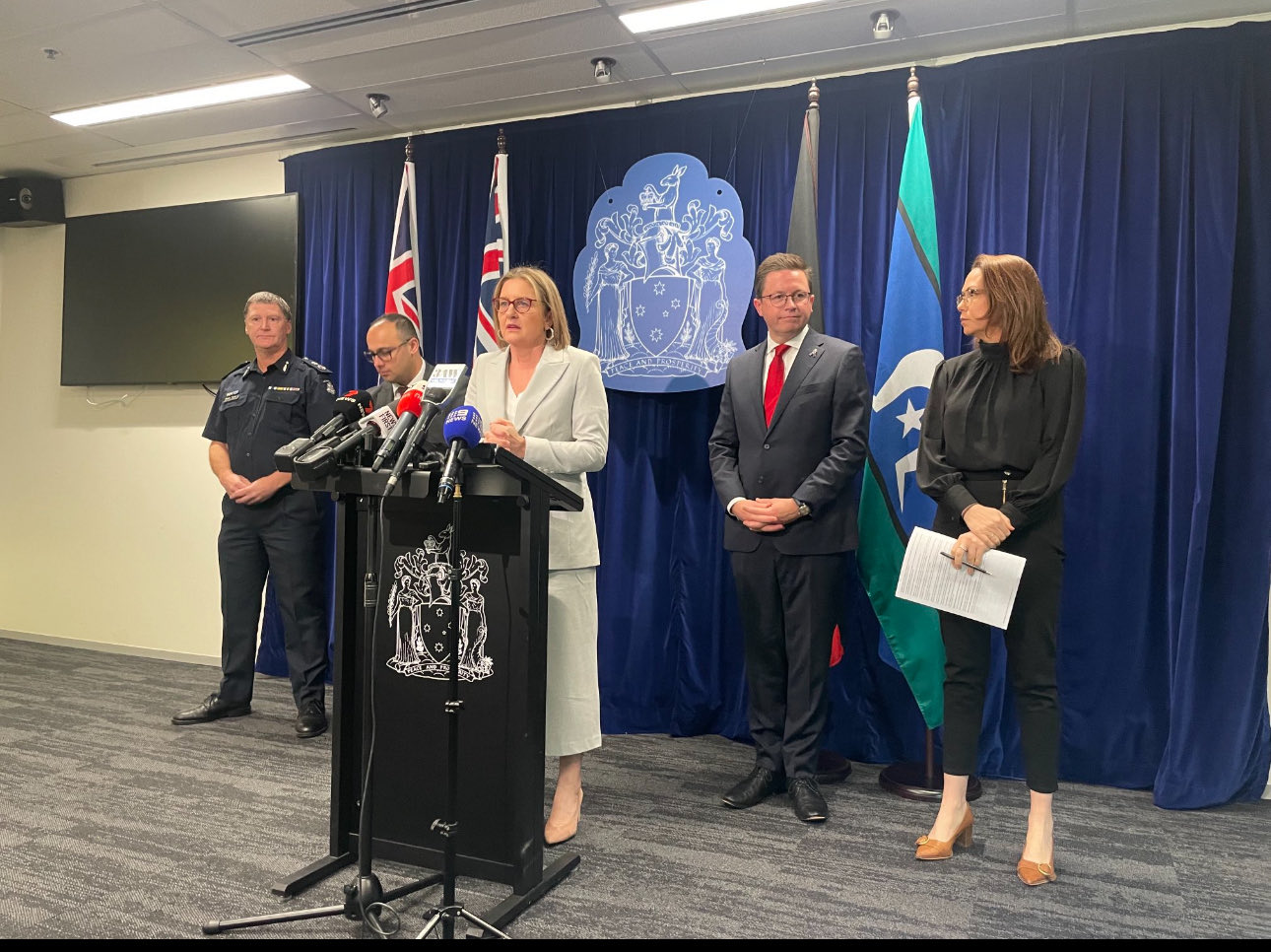

Melbourne at 18% is very bad and must be improved if we are to get people out of cars. Victorian government just keeps investing in toll roads and major freeways and that is the wrong investment.